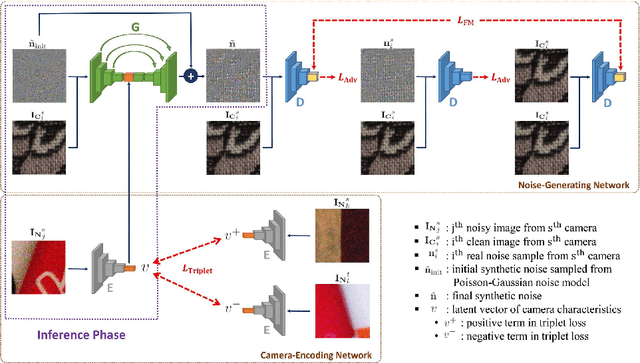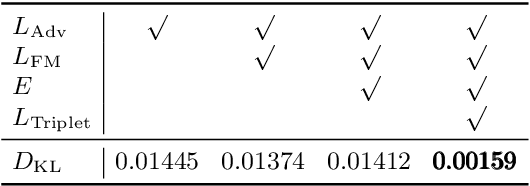Hung-Jin Lin
Explorable Tone Mapping Operators
Oct 20, 2020



Abstract:Tone-mapping plays an essential role in high dynamic range (HDR) imaging. It aims to preserve visual information of HDR images in a medium with a limited dynamic range. Although many works have been proposed to provide tone-mapped results from HDR images, most of them can only perform tone-mapping in a single pre-designed way. However, the subjectivity of tone-mapping quality varies from person to person, and the preference of tone-mapping style also differs from application to application. In this paper, a learning-based multimodal tone-mapping method is proposed, which not only achieves excellent visual quality but also explores the style diversity. Based on the framework of BicycleGAN, the proposed method can provide a variety of expert-level tone-mapped results by manipulating different latent codes. Finally, we show that the proposed method performs favorably against state-of-the-art tone-mapping algorithms both quantitatively and qualitatively.
Learning Camera-Aware Noise Models
Aug 21, 2020



Abstract:Modeling imaging sensor noise is a fundamental problem for image processing and computer vision applications. While most previous works adopt statistical noise models, real-world noise is far more complicated and beyond what these models can describe. To tackle this issue, we propose a data-driven approach, where a generative noise model is learned from real-world noise. The proposed noise model is camera-aware, that is, different noise characteristics of different camera sensors can be learned simultaneously, and a single learned noise model can generate different noise for different camera sensors. Experimental results show that our method quantitatively and qualitatively outperforms existing statistical noise models and learning-based methods.
 Add to Chrome
Add to Chrome Add to Firefox
Add to Firefox Add to Edge
Add to Edge